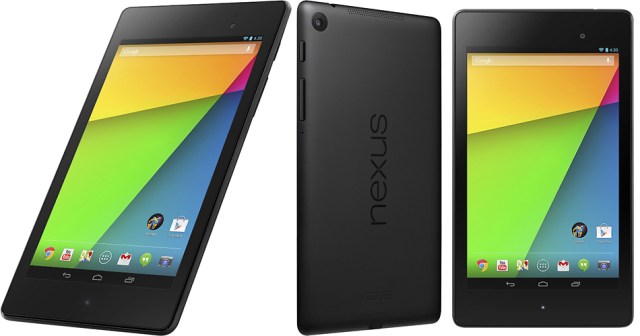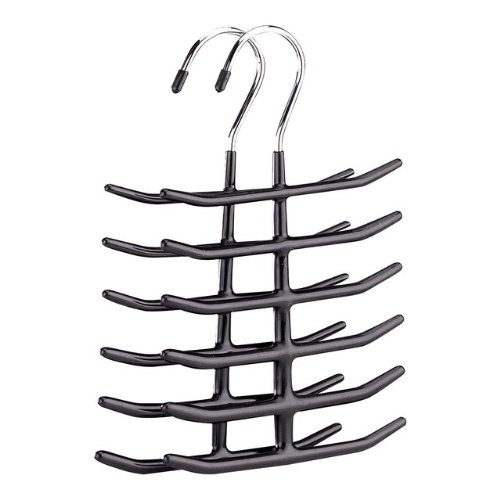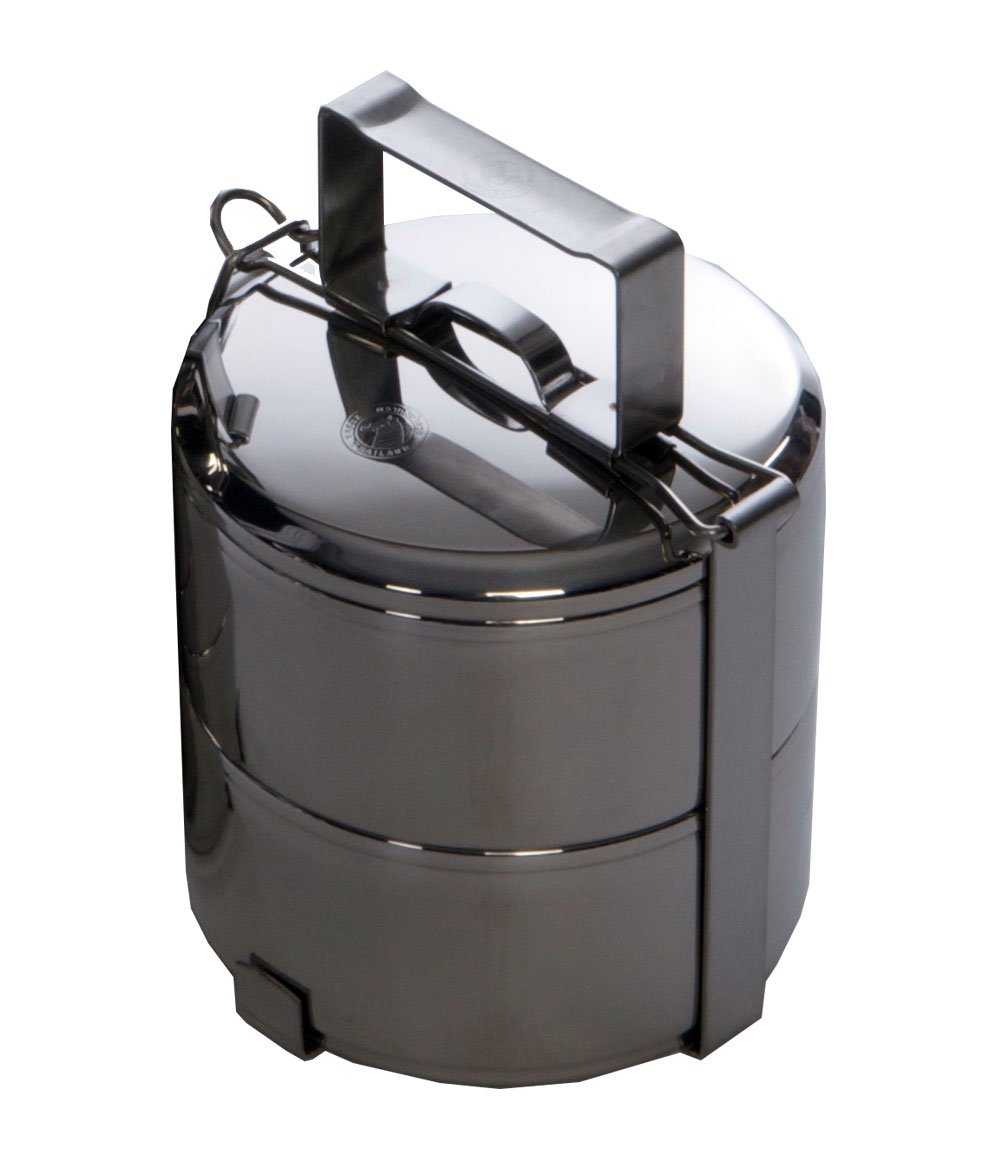Monday, September 30, 2013
It's (Er, It Was) On Amazon: Amazon Warehouse Deals, CamelCamelCamel, and the $170 Sony NEX-F3
This week's "It's On Amazon post" is a little different from those that came before, mainly because it focuses not so much on the specific product - the Sony NEX-F3 - but rather on the elements that came together to make it such an unheard of deal.
The Sony NEX-F3 is Sony's now-discontinued (in favor of the NEX-3N) entry-level mirrorless camera. It retailed for $600 back when it arrived in early 2012, and was hailed as a solid bargain (though some reviewers believed that the generation-older NEX-C3, at the same price, was a better deal still), but often goes for around $350 refurbished or in great used condition. I was shopping around Amazon and Adorama for a cheap entry-level digital camera that would allow me to step down from the FujiFilm X100 that I purchased last year, which was both a little more and a little less than I needed. I was considering the Nikon D3100 refurbished from Adorama for $350, but waited a bit too long and by the time I was ready to pull the trigger they were out of stock. I expanded my search to include mirrorless models and came across a single used Sony NEX-F3 for $171.01, less than half the usual price. While that sometimes happens when the unit in question is in questionable condition or from an unknown third-party seller, this NEX-F3 was in "Very Good" condition and being sold by Amazon Warehouse Deals itself.
Half convinced that it was an error that Amazon would catch mid-processing, I quickly snapped it up and waited for it to ship. When it did, I ventured to camelcamelcamel.com, a price tracking resource that allows you to see price trends on Amazon - sometimes going back for years. Its NEX-F3 tracking page revealed that my purchase was just a dollar above the all-time lowest price for a used model on Amazon (which most likely means that I would have saved a dollar on the same camera had I purchased it on September 5th rather than September 8th).
As with everything else I've purchased from Warehouse Deals, the camera and its accessories were immaculate. I had a very hard time discerning what signs of wear, if any, had led Amazon's condition grading department to classify the camera as "Very Good" rather than "Like New." Putting the camera through its paces - including a shot-for-shot head-to-head with the X100 - left me with a very favorable impression. If the X100 is a street photography specialist, the NEX-F3 is a strong all-arounder for a casual photographer and sometimes videographer. And at $170, it's a bargain that simply can't be beat on today's digital camera marketplace.
I'm still not sure why this particular pre-loved NEX-F3 ended up on Warehouse Deals at such a discounted price, or whether a deal like this will come about again in the near future. But I think that we can take away several lessons from this noteworthy shopping anecdote that will help to put us in a position to be ready when it ever happens again to a product we're interested in.
1) Always shop around. If I hadn't jumped from Adorama to Amazon, I would never have come across the NEX-F3 deal. Moreover, if I hadn't been looking around for pricing cues, I wouldn't have realized just how much of a bargain the NEX-F3 was at a sub-$200 price point.
2) Use price tracking websites to evaluate how much of a deal you're getting. This applies specifically to Amazon purchases, but if you're anything like me, those tend to make up a substantial proportion of online expenditures. Websites like camelcamelcamel.com allow you to put price reductions that look like a good deal on their own into the proper perspective.
3) If a deal seems too good to be true, it probably is . . . but sometimes it's the real deal. While it's probably best in most instances to stick to the rule of thumb that warns against going after deals that seem almost too good, there are some rare instances where it may actually be worth taking the plunge. Where the seller is a trusted and dependable source like Amazon (or its Warehouse Deals) with a fantastic return policy, the risk of a deal being too good to be true is largely mitigated. If you stick to reliable sources and only spend what you can afford to spend - not to mention only buy what will actually give you marginal utility, as opposed to deal hunting for deal hunting's sake - then there's no reason you shouldn't take the plunge when the opportunity arises.
Monday, September 23, 2013
A Viable Mobile Work Platform: Google Nexus 7 32GB (2013) Tablet Review
I tend to use my desktop for five main activities: Web surfing, writing, drawing, watching video, and playing games. My MacBook Air (2011) serves as a mobile solution for the first four of those activities, but it is arguably a weaker mobile platform than an instant-on tablet. My first foray into the tablet market was a Samsung Galaxy Tab 7.0 Plus, a mouthful of a tablet that was a solid device for web surfing and limited video - it lacked the power to display anime with soft subtitles, as the subtitle encoding tended to make it stutter. Despite its limitations, I knew it was probably only a matter of time before an Android tablet packed the kind of processing power to make short work of mkv files with subs.
On the other hand, the main problem I had with handling word processing on a tablet was that three of the core functions that an editor / legal writer requires were not supported on any apps at the time: redlines (or track changes), in-line comments, and foot/endnotes. The first two are the main substance of my freelance work, while legal scholarship relies heavily on notes. My solution for working on the go was a long-discontinued UMID mBook BZ handheld computer. It suffered from the same start up and battery life issues that most laptops do in the field, but it was the most mobile option available that allowed me to work with the features that I need to on a daily basis. Given my reliance on the BZ, I delayed updating my smartphone (an HTC Thunderbolt) and tablet until a viable alternative presented itself
Around the time that the 2013 Nexus 7 was released, I did a survey of new Android apps to see if any of them could now handle those three critical features. I found one that did in Office 2012: TextMaker Mobile, which could handle all three with ease. This was the inciting incident that led me to upgrade to an HTC One (along with the unit's eventual addition to Verizon's roster) and this year's Nexus 7. Both feature screens with resolutions rivaling my desktop's 24" monitors (with the Nexus 7's matching them at 1920 x 1200), and snappy quad-core processors that I've confirmed are fast enough to handle subtitled mkv files. Understandably, the user interface on both is snappy and a breath of fresh air after living with the often laggy response times of the Thunderbolt and Tab 7.0 Plus, both of which seemed to be struggling to keep up after their respective updates to 4.0 ICS.
The 2013 Nexus 7 is a mature tablet platform that has effectively replaced my aging handheld PC as my mobile work solution. Now, the only work task that requires the MacBook Air is illustration, though with Wacom's self-contained Cintiq tablets on the horizon, it may only be a matter of time before there is a mobile computing solution with all of the features of a full desktop setup.
Monday, September 16, 2013
It's On Amazon: Organize It All 1338-6 Tie Belt Valet Hanger
After purchasing a Woodlore 82720 Natural Cedar Tie Organizer and finding it too wide (due to the prongs on both sides) to fit comfortably in my closet, I was long for another storage option that would provide a slimmer profile. This Organize It All tie hanger (sold in 2 packs on Amazon) seemed to fit the bill, and for less than $10, the price was right.
I had used a plastic tie hanger of a similar design to this one prior to switching to the Woodlore, so I more or less knew what to expect. This version is actually superior in that it has wider spacing between the prongs, putting less stress on the portion of the tie that hangs on them. The best way of storing ties on this type of hanger is to hang them so that they drape down on alternating sides of the hanger, thereby distributing the weight of the ties as evenly as possible. When fully stocked it fits comfortably in a cramped closet.
While also billed as a belt hanger, I found it somewhat ill-suited to the task, as the orientation of the prongs means that the belt buckles you hang on it will hang roughly parallel to your rack, making it exceedingly difficult to remove one belt without sending others tumbling to the floor. For belt storage, I found the Closet Accessories 12 Belt Hardwood Hanger a superior solution, also for less than $10 (though for just one, rather than a 2-pack).
Monday, September 9, 2013
It's On Amazon: Grand Trunk Two-tier Tiffin box and food carrier, 12 cm
I first came across the concept of a "Tiffin" box (also called dabbas) while watching one of Gordon Ramsay's British cooking shows, and while I understood its function in general terms and was aware that it was the backbone of a burgeoning lunch delivery business industry in India, I never bothered to look into one. That changed when I saw one being used as a bento box by a laundry worker on the NHK World program Lunch ON (its metal construction makes it suited to being kept warm by the business's steam presser, alongside other bento boxes). The design caught my eye as being somewhat distinct from the tiffins I'd seen before, and a bit of internet due diligence led to the discovery that tiffins are also popular receptacles in Southeast Asia. This particular design hails from Thailand.
Amazingly (or Amazoningly?), this very model is available on Amazon, which for me made it a snap buy. Despite some conflicting information on its product page, the tiffin containers can keep liquids contained, and the 12cm diameter is sufficient for packing a small lunch. The outer retainer mechanism is solidly constructed and securely fastens to the two containers and lid within. The only advisory I'd make is to immediately dry the tiffin after washing, as the stainless steel, despite the "stainless" moniker, may discolor or rust if left wet for a prolonged period of time. This is par for the course when it comes to food-grade stainless, however, so it doesn't necessarily impugn the quality of the steel used in this tiffin's construction.
I don't often have the occasion to pack a lunch these days, but when I do, this tiffin box should perform the task admirably. Available on Amazon for a little over $20.
Amazingly (or Amazoningly?), this very model is available on Amazon, which for me made it a snap buy. Despite some conflicting information on its product page, the tiffin containers can keep liquids contained, and the 12cm diameter is sufficient for packing a small lunch. The outer retainer mechanism is solidly constructed and securely fastens to the two containers and lid within. The only advisory I'd make is to immediately dry the tiffin after washing, as the stainless steel, despite the "stainless" moniker, may discolor or rust if left wet for a prolonged period of time. This is par for the course when it comes to food-grade stainless, however, so it doesn't necessarily impugn the quality of the steel used in this tiffin's construction.
I don't often have the occasion to pack a lunch these days, but when I do, this tiffin box should perform the task admirably. Available on Amazon for a little over $20.
Monday, September 2, 2013
Every Day Carry: EDC Sept 2013 Update & Review: Pangea Designs Pickpocket Alpha
After making the inaugural EDC series post several weeks ago, I decided to follow my own advice and peruse the EDC Forums - something that I admittedly hadn't done in earnest before then. In doing so I came across an interest keychain attachment that I thought might actually improve upon the Key-Bak system I've used since college. The biggest drawback of the Key-Bak and its ilk is that the clip tends to wear hard on the belt, and may sit a little too prominently for it to be worn when wearing a suit.
I came across the Pickpocket Alpha from Pangea Designs in a thread discussing "Monroe Dangler" alternatives. Essentially, this class of keychain accessories functions as a clip that hooks onto the lip of the front pocket of a pair of pants or a belt loop. In the former configuration, it allows keys to be kept in a pocket without having them bunch up in a bulky tangle, as they are often wont to do when left to their own devices. It also provides an extra layer of security by fastening to the pocket itself, so that your keychain is less likely to slip out of your pocket when you don't want it to. But the other really useful aspect of the Pickpocket Alpha in particular is that the various holes bored into its shape allows for six possible fastening points, which allows you to keep the various items on your keychain better organized and separated.
When it comes to my preferred keychain loadout, separation is critical as my preferred keychain pen (the TEC Pen) uses a magnetic fastening system, while at least two other items on my keychain (a security fob and a USB flash drive) don't play well with magnets. (My mechanical watch doesn't really appreciate magnetic fields all that much, either.) I wasn't able to solve the separation problem with my Key-Bak system, so I'd reverted back to an older pen solution in the form of the Zebra Pen Pod. But with the Pickpocket Alpha, I can keep the PicoPen and my sensitive electronics sequestered by attaching the former to the small hole at the curve (situated adjacent to the bottle opener) and keeping other keychain attachments on the bottom three holes. In particular, I attached the USB drive so that it dangles on the clip side of the Pickpocket, which limits its range of mobility and makes it so that it and the magnetic portion of the PicoPen can never come into contact, regardless of the Pickpocket's orientation.
The Pickpocket Alpha is currently sold out on Pangea Design's store, but it's still available at Illumination Supply. It's $19.99 there, with an additional 5%-off coupon (code: CPFUser) making it a flat $19. It seems a little pricey for what is essentially a small piece of machined titanium, but the utility it provides is, for me at least, well worth the investment.
*
My EDC Roster (as of September 2, 2013)
Cellphone: HTC Thunderbolt (Verizon)
When it comes to technology, I tend to squeeze out as much utility as I can before giving in to the inevitable upgrade. Which explains why my cellphone is going on 2.5 years. With a much-delayed Android ICS 4.0 update, it's occasionally on the slow side, but still going strong.
Flashlight: Titanium Innovations IlluminaTi CA1 LED Flashlight
I'm a firm believer in carrying a small flashlight on your keychain, as it can be a lifesaver whenever light suddenly becomes a precious commodity (which can happen more often and unexpectedly that you'd think). This titanium LED light runs on a single AAA and has high and low settings.
Keychain: Pickpocket Alpha, by Pangea Designs
An elegant solution to keeping your keychain secure yet easily accessible, as well as keeping its contents both organized and separated.
Pen: PicoPen, by TEC Accessories
I always try to keep a pen at hand (even when paper or other writing surfaces may not be), and the most compact and efficient solution I've found is the PicoPen. It's the perfect size for my (admittedly small) hand, and fits well on a keychain. My only gripe is that the pen is attached by magnetic fastener, which can be a problem if you also keep sensitive electronics on your keychain, or if the notion of it sticking to other steel-based items on your chain irks you. Pairing it with the titanium Pickpocket mentioned above, however, solves both problems.
USB Flash Drive: SanDisk Cruzer Fit CZ33 32GB USB Flash Drive (SDCZ33-032G-B35)
Incredibly small and inexpensive, there's no reason not to keep vital files on a USB drive like this on your keychain as an extra layer of backup on top of whatever cloud service you might fancy. Having a USB drive handy for file transfers is another thing that, once you've gotten used to it, you may find that you can't live without.
Wallet: Koyono X Slimmy (Black w/ Electric Blue stitching)
I've used Slimmy wallets since replacing a worn slim bifold with an ID Slimmy in 2010, and I've become a huge fan of their design. The X Slimmy is even slimmer than the regular model, and when your preferences are as minimalist as mine (a few bills, five cards), this is the perfect wallet.
Watch: Omega Speedmaster Professional (Ref. 3573.50)
Actually one of five watches that I use in rotation, if I were forced to pare the collection down to one, this would be it. Preeminently legible dial, rock-solid Lemania handwound chronograph movement, solid Omega fit and finish.
Subscribe to:
Posts (Atom)




